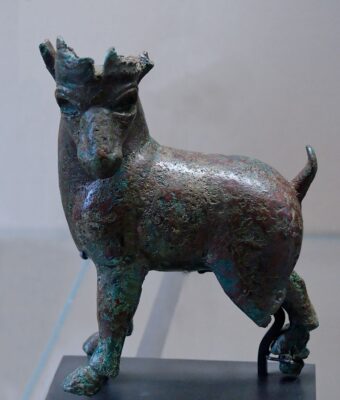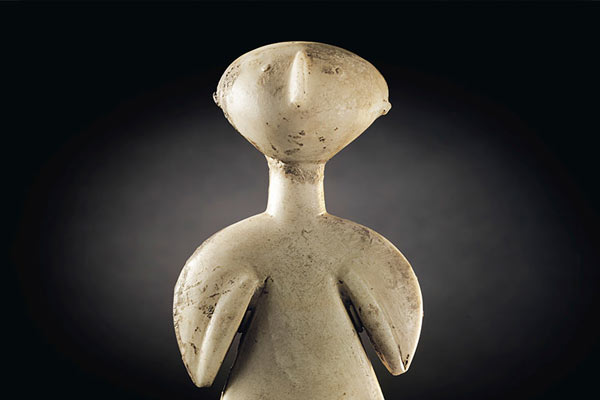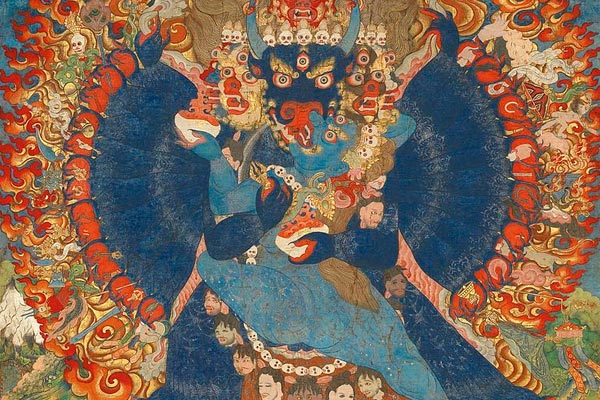Ancient South Arabia
In the land of the Queen of Sheba
“The pre-Islamic civilization of southern Arabia (present day Yemen) is one of the least understood cultures of the Ancient Near East. Many myths abound about the riches of this land and the famous Queen of Sheba (…), but it is only very recently that archaeologists and historians have been able to begin to separate fact from fantasy.”
Ms Hannah Boulton, British Museum
Image: Calcite stela, South Arabia, 1st century BC. Photo by Udimu ·· Bronze statuette of an ibex. South Arabia, 1st century BC–2nd century AD
Separated from other civilisations of the Near and Middle East by the imposing Arabian desert, the pre-Islamic peoples of southern Arabia (Sabeans, Minaeans, etc.) developed a distinct artistic style, characterised by the use of materials such as alabaster and marble to create sculptures and reliefs -generally small in size- which show a unique way of representing the human figure, with particular emphasis on the faces.
The relative isolation of the region and its political tensions have made it difficult to study the remains of these ancient civilizations. As far as we know, the earliest works of art from Southern Arabia are nowhere near as old as those from other areas of the Near and Middle East, such as Mesopotamia or Anatolia, with a time frame from the third millennium BC to the beginning of Islam in the 7th century.
In the Western World, the region is best known for the kingdom of Sheba, mentioned in both the Old Testament and the Qur’an, home to Makeda, the Queen of Sheba, a figure in which history and legend mingle. Recent excavations in Marib, hampered by the Yemeni civil war that began in 2015, have shed some light on this figure and the people with whom she is associated.
G. Fernández · theartwolf.com
Follow us on:




